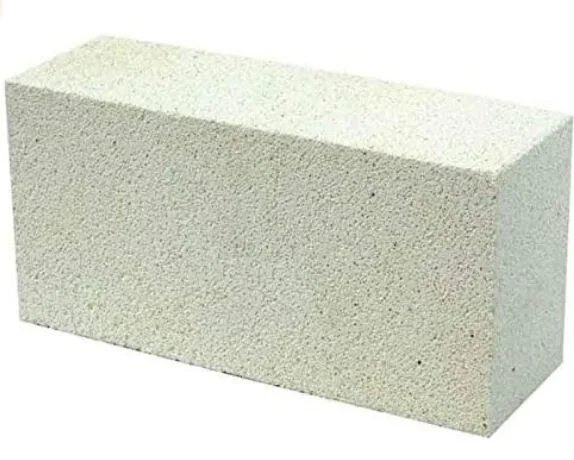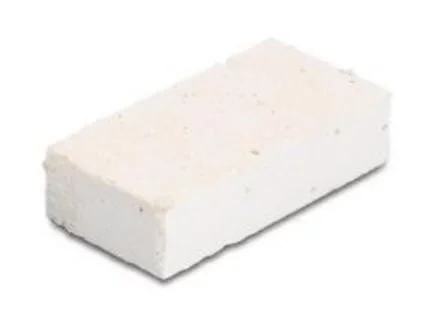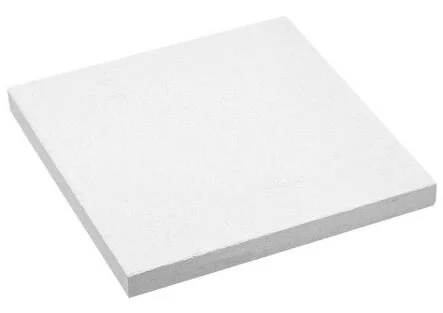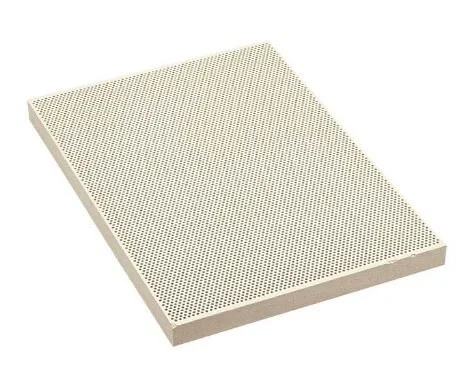Getting Started Soldering - Soldering Blocks
Hi there
Welcome back, today I am going to talk about selection of different soldering block options, each have specific pros and cons and these are really dependent on the type of project you are working on and the type of torch you have. I am not going to cover all soldering blocks - there are many options available, I am only going to cover the ones I have used and as my experience grows I will add more to these bogs.
Since we’ve been talking about butane torches and fuel - I will start with The Kiln Fire Brick.
This is a man made brick used inside kilns to retain heat. It work best with the butane torch because it holds heat, and this means your torch has less work to do. I have used kiln fire bricks for my soldering and silver fusing for several years. After some time they will get gooey (covered in flux). They are however very easy to clean - just scrape them over a rough surface - like the sidewalk - to sand away the flux - and voila - you have a new fire brick.
Make sure when you purchase this that you get a white brick used for insulation. Not the outer bricks used to build the kiln. Those will not retain heat.
Specifications:
Lightweight, soft insulating man-made clay block.
Can easily be cut or broken into smaller pieces.
Holds heat.
Can be cleaned by rubbing surface on asphalt.
Can withstand and hold temperatures between 2000°F to 3300°F (1,093°C - 1815°C )
Can be purchased here (this is a Amazon affilate link)
The Charcoal Block
Charcoal blocks reflect the heat so are best used with higher temperature torches like acetylene or propane torches. They create a reducing atmosphere around the pieces you’re soldering which helps to reduce oxides (which means less oxidation on the metal and flux won’t stick to them as easily). You can purchase hard or soft charcoal blocks but the harder ones have a longer life and so I feel are more worth while. I have successfully used the charcoal block with the butane torch (on smaller work) and have found the soft surface useful when creating a groove in the charcoal to hold smaller pieces in place. However, I find the charcoal really messy and it can be on fire without you noticing which I find to be disconcerting. So when I have used this I usually douse it in water when I am done to make sure it isn’t still burning when I walk away.
To lengthen the life of your charcoal block , anneal before use, and retain the shape by tightly wrap the sides with binding wire.
Specifications:
Ideal surface for soldering gold and silver.
The block retains and deflects the heat of the flame back onto the piece that is being soldered, making the torch more efficient and soldering steps go faster.
Pros: holds heat
Cons: can crack and is messy
Can withstand temps up to 2010°F (1,098°C)
Magnesium Blocks:
I haven’t used these much because the first couple of times I did I just really didn’t like how they disintegrate as you solder so the piece you are working on sinks into the magnesium. Because my work tends to be delicate this was not helpful. I imagine with chunkier work it wouldn’t make a difference but it just doesn’t work for my pieces.
Regardless - here’s some info: these work well with higher temperature torches. Some advantages are they are soft, fire-proof material,non-asbestos, and fibrous. You can easily set t pins or create grooves for your pieces. HOWEVER: they do produce slightly toxic fumes when they are heated, so make sure to work in a well ventilated space, and wear a mask.
Max temperature: 2000°F (1,093°C)
Solderite Pads:
These pads are fantastic. You can get them in hard, medium or soft which is helpful depending on the project you are working on. I find I use these the most when doing production work and laying out a lot of pieces that need a flat surface. These pads can be marked with a graphite pencil and can be drilled or shaped to meet your specific needs. They pad won’t flake or crumble, and like the fire brick can be sanded to restore a smooth surface. Theses are highly heat-reflective and so work best with higher temperature torches (although on my smaller pieces I have used the butane torch and it has worked well). One of the advantages to this surface is it has a fast cool-down time so can be stored away easily after soldering.
Max temperature: 1,700°F (927°C)
PROP 65 WARNING: This item contains a chemical known to the State of California to cause cancer or other reproductive harm.
Ceramic Honeycomb Board:
These boards have tiny holes throughout so work well with larger pieces and higher heat. The heat will dissipate quickly and the board withstands temperatures up to 2,000°F (1,093°C). These are also acid resistant.
I have not had the chance to use mine so I have no personal experience with this type of surface. Once I do, I will let you know.
Max temperature: 2,000°F (1,093°C)
As I mentioned - there are many other soldering surfaces - I have just covered a couple - but I hope they help you with your jewelry journey.
Let me know what you think in the comments or if you have any experience with these I’d love to know about it.
You can also read my other blogs here.







